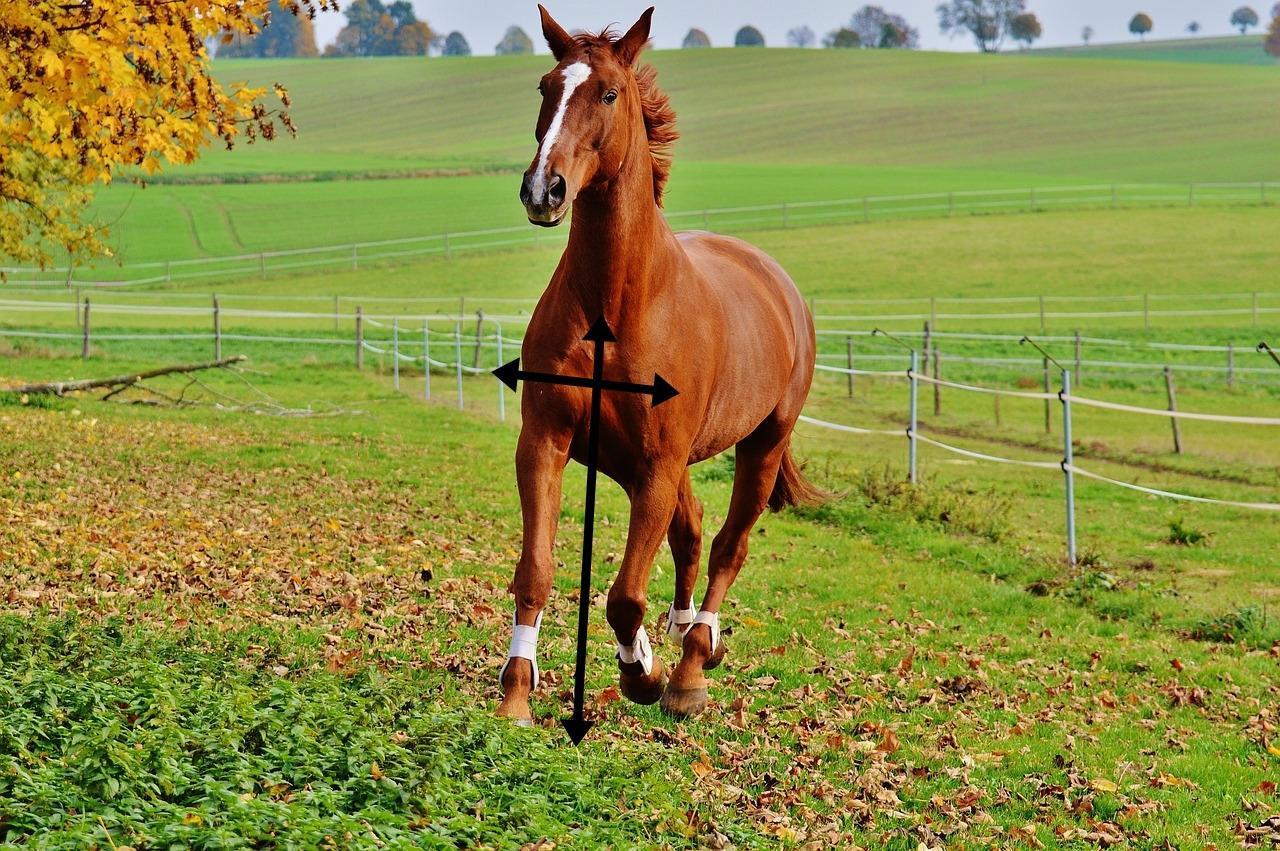How are Horses Classified into Types?



See files for Horses
Horses are beautiful, sensitive and noble animals who have helped us to travel and farm the fields for centuries. Nowadays, horses can enjoy a more relaxed and comfortable life without having to work.
Horses are classified into breeds like the Arabian, the Breton or the Friesian. However, horses are also classified into types depending on the color of their coat, mane and tail, as well as the shape and location of markings. They can also be classified according to their height at the withers and their temperament.
Since the different types of horses are many, this AnimalWised article will help you understand how are horses classified into types according to their physical appearance.
Types of horses according to size
The size of a horse is the height from the ground to the withers, which is the area where the neck ends and the back begins. The withers, then, are the equivalent to the area between the shoulder blades in humans. Depending on their size, horses are divided into:
- Heavy or draft horses: At least 16 hands (1.63 m / 64 in) and 700 kg (1540 lb).
- Light or riding horses: At least 14 hands (1.42 m / 56 in) and 380 kg (840 lb).
- Ponies and miniature breeds: Less than 14 hands, although the standard depends on the country.
Ponies are different to other horses in terms of their appearance beyond size and temperament, which is usually calmer. A pony's body, compared to a standard horse, is more robust, with short legs and a very bushy mane and tail. However, there are some horse breeds like the Asturcón which has a similar morphology and are not ponies.

Types of horse according to coat color
Horses have different possible coat colors, which is determined by their genetics and by how certain pairs of genes - recessive or dominant - are manifested. Therefore, it's not surprising that horses are classified according to their coat. Interestingly, not all horses with white fur are born that color.
The basic coat colors in horses are chestnut and black.
- Black: Black coat, although it may have some white areas on the forehead or on the part legs closest to the hooves. Some horses with black coats "fade" to brown.
- Chestnut: Reddish-brown coat, mane and tail. There are no black spots. Variations of chestnut coats include liver (darker), sorrel (redder) and blond or light.
From these basic genes, other possible coats may be formed.
- Bay: An intermediate shade between light and dark chestnut, although unlike true chestnut horses they can have black spots. Variations in bay coats include dark, blood (very red), and brown.
- Brindle: Brown coat with yellow zebra stripes or similar marks.
- Buckskin: Lighter bay coat, from cream to gold but keeping the black points.
- Cremello: Lighter chestnut coat, from almost white to cream. Cremello horses often have blue eyes.
- Dun: Yellow or tan coat with dark mane and tail and a dorsal stripe.
- Gray: A horse born with black fur that becomes lighter with time, intertwining white with other gray areas or even small black areas. A gray horse's skin is black. Variations of gray coats include "salt and pepper" (even combination of white and dark), "dapple" (specks of light gray on a dark coat), "fleabitten" (white coat with red specks) and "rose gray" (with pink hues).
- Palomino: Lighter chestnut coat in very light brown, which often looks gold. The difference with cremello and bay horses is that palominos usually have white or very light manes and tails.
- Pinto: Bicolor or tricolor coat. There are several sub-classes within this type of horses depending on the color combinations.
- Roan: On bay, chestnut or black coats there are intermixed white hairs, creating the impression of shimmering, intermingling tones.
- White: These cases are rare, as white horses don't not have any colored areas and they are not albino either, as that gene does not exist in horses.

Types of horses according to their markings
Spots and variations in tone distribution in a horse's coat, speckled or mottled, are the result of the expression of various alleles. Depending on the shape and location of the spots, the following types of horses can be identified:
- Bald: Most of the face is white.
- Blaze: A white stripe from between the eyes to the nose.
- Snip: A white marking on the nose.
- Star: A small white marking on the forehead.
- Strip: A narrower blaze.
Horses can also have white markings on their legs:
- Coronet: White sock just above the hoof.
- Fetlock: White sock just over the fetlock.
- Pastern: White sock between coronet and fetlock.
- Sock: White sock between fetlock and knee.
- Stocking: White sock up to the knee or above.
Horse "socks" can be on one, two, three or four of the horse's legs. These classifications are not exclusive; a horse can have coronet markings on three legs and a star one.

If you want to read similar articles to How are Horses Classified into Types?, we recommend you visit our Comparisons category.








